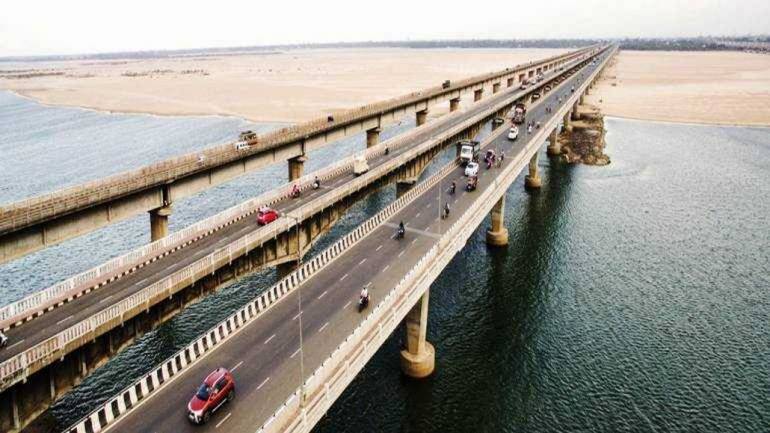With private capex subdued, government emerged as the biggest spender on infrastructure over last several years.
The government placed a big thrust on infrastructure sector in Budget 2019, proposing to spend about Rs 100 lakh crore in the next five years.
The government announced the formation of an expert committee to suggest ways to address the challenges of infrastructure financing.
The expert committee will recommend a structure and flow of funds through development finance institutions, said Finance Minister Nirmala Sitharaman in her budget speech.
With private capex subdued, government emerged as the biggest spender on infrastructure over the last several years.
But given its other social obligations and fiscal responsibilities the government needs private investments into infra, and that is difficult to come by.
The fall of IL&FS, liquidity squeeze in the NBFC sector and banks’ bad loan problem have only compounded the difficulties faced by the infra sector.
Easing liquidity
Sitharaman tried to address some of those issues in the budget.She proposed a number of measures to enhance the sources of capital for infrastructure financing, including forming a Credit Guarantee Enhancement Corporation in 2019-20.
A Credit Guarantee Enhancement Corporation provides an additional source of assurance or guarantees that the borrower will service the loan. It can also help borrowers raise loans at reduced interest rates.
The Finance Minister also proposed an action plan to deepen the market for long term bonds including for corporate bond repos, credit default swaps etc., with a specific focus on the infrastructure sector.
The government also allowed investments made by Foreign Institutional Investors (FIIs) and Foreign Portfolio Investment (FPIs) in debt securities issued by Infrastructure Debt fund (IDF)-NBFCs to be transferred or sold to any domestic investor within the specified lock-in period.
"The Budget has given a significant boost to the infra sector with a proposed capex of Rs 100 lakh crore over five years. Enhancing PPP in railways, station modernisation, focus on RRTS and DFCs, development of regional airports and provision of 1.95 crore homes by 2022 augurs well for us," said Vimal Kejriwal, MD & CEO, KEC International.
The company is India's second largest manufacturer of electric power transmission towers and one of the largest Power Transmission Engineering, Procurement & Construction companies
Focus on PPP
For the Indian economy to reach $5 trillion, the finance minister said India would require investments averaging Rs 20 lakh crores every year ($300 billion a year). The budget estimated that railway infrastructure alone would need an investment of Rs 50 lakh crores between 2018 and 2030.
Sitharaman proposed to use Public-Private Partnership to unleash faster development and completion of projects and to make available a blueprint this year for developing National Highway Grid, gas grids, water grids, i-ways, and regional airports.
For the highways sector, the Finance Minister has said the government will carry out a comprehensive restructuring of National Highway Programme to ensure that the National Highway Grid of desirable length and capacity is created using financeable model. After completing the Phase-1 of Bharatmala, states will be helped to develop State road networks in the second phase.
Talking about the government’s vision for using rivers for cargo transportation, the Finance Minister said the movement of cargo volume on Ganga is estimated to increase by nearly four times in the next four years.
“This will make the movement of freight, passenger cheaper and reduce our import bill," she said. In this regard, she mentioned the Jal Marg Vikas Project for enhancing the navigational capacity of Ganga and said that two multi-modal terminals at Sahibganj and Haldia and a navigational lock and Farrakka would be completed this year.
On the power sector, the Finance Minister announced recommendations of the High-Level Empowered Committee (HLEC) on the retirement of old and inefficient plants, and addressing low utilisation of Gas plant capacity due to paucity of Natural Gas, will also be taken up for implementation now.
Sitharaman also said the government is examining the performance of Ujjwal DISCOM Assurance Yojana (UDAY) to improve it further.
She said the government will work with the States to remove barriers like cross subsidy surcharges, undesirable duties on open access sales or captive generation for Industrial and other bulk power consumers. Besides these structural reforms, considerable reforms are needed in tariff policy. A package of power sector tariff and structural reforms would soon be announced.
The Finance Minister also spoke about investing Rs 80,250 crore on upgrading 125,000 km of rural roads in the next five years.Catch Budget 2019 LIVE updates here. Click here for full Budget 2019 coverage


















